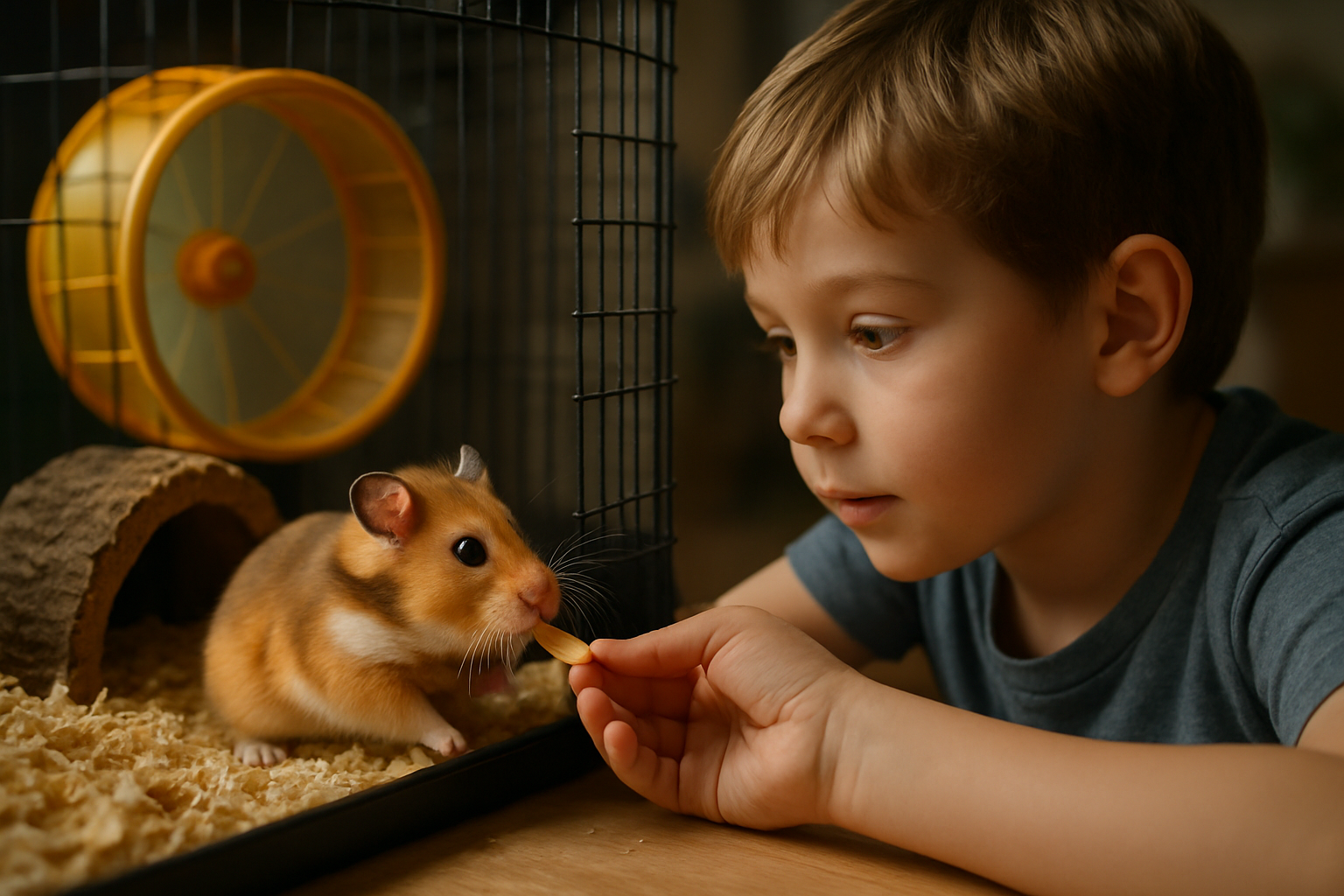The Unveiling of the Secret Lives of Hamsters: From Syrian Plains to Domestic Companionship
A glance at the humble hamster, scurrying about in its small enclosure, may not suggest tales of adventure and adaptation. Yet, these endearing creatures have a rich history and an intriguing present standing as popular pets worldwide. Their journey from Syrian plains to domestic companionship is a fascinating tale that deserves to be told.

The Origins of Hamsters
The story of hamsters begins in Syria, where the ‘Golden Hamster,’ the forebear of the domestic hamster, was discovered in the wild. Hamsters belong to the rodent family and are nocturnal creatures. They have large cheek pouches, which they use to store food and transport it to their burrows. The name ‘hamster’ comes from the German word ‘hamstern,’ which translates to ‘hoard,’ reflecting the animal’s instinctive behavior.
The Journey to Domestication
Hamsters were first domesticated in the late 1930s when a mother and her litter were captured in Syria. They were then brought to Jerusalem, marking the start of their journey as domestic pets. Bred in captivity, their population grew, and they were soon introduced to various parts of the world. Today, several species of hamsters, such as Syrian hamsters, Roborovski hamsters, and Dwarf hamsters, are popular choices for pets.
Hamsters in the Modern Day
In today’s world, hamsters are cherished for their adorable looks and playful nature. They are low-maintenance pets, making them ideal for children and adults alike. They come in various colors and sizes, each species possessing unique traits. However, their life in captivity is a far cry from their wild origins. As pets, they live in well-designed cages, with plenty of toys and treats, a far departure from the harsh Syrian plains.
The Hamster Market
The pet industry has recognized the popularity of hamsters and responded by providing a range of pet products designed specifically for them. From elaborate cages to specially formulated food, the hamster product market is thriving. The average cost of owning a hamster ranges from $30 to $100 for the hamster itself, and the additional cost for its habitat and supplies can range from $100 to $200. The hamster market continues to grow, reflecting the ongoing demand for these adorable pets.
The Future of Hamsters
While hamsters continue to be popular pets, there is now a greater focus on their welfare. More research is being conducted into their needs and behaviors to ensure they live happy and healthy lives in captivity. Pet owners are being educated on the importance of providing hamsters with an environment that stimulates their natural behaviors.
The humble hamster, once a wild animal of the Syrian plains, has adaptively made a place for itself in human homes. Its journey is a testament to the dynamic nature of animals and the ever-evolving relationship between humans and their pets. As we continue to learn more about these endearing creatures, we appreciate them not just as pets, but also as individuals with unique needs and behaviors.





